A tomato with higher levels of a nutrient linked to reduced stress can now be bought in Japan – it is the first CRISPR-edited food in the world to be launched commercially.


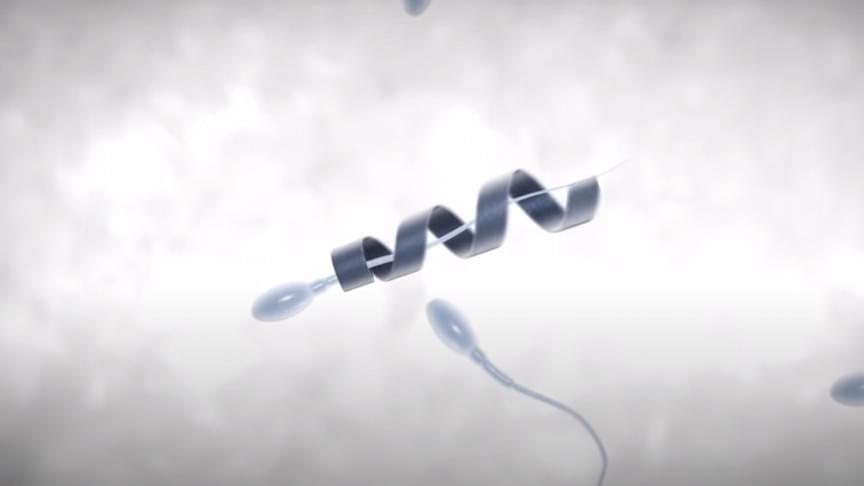
A sperm’s task may appear straightforward; after all, all it needs to do is swim to an egg and insert genetic material. However, in some cases, a healthy sperm’s inability to swim may result in infertility, which affects around 7 percent of all males.
This condition is called asthenozoospermia, and there is currently no cure. However, one study conducted in 2016 and published in the journal Nano Letters has set the example for what could be possible in the future: A team of researchers from the Institute for Integrative Nanosciences at IFW Dresden in Germany developed tiny motors that can make sperm swim better as they make their way to an egg, essentially acting as a taxi.
These so-called “spermbots” basically consist of a tiny micromotor, which is basically a spiraling piece of metal that wraps around the sperm’s tail. Serving as an “on-board power supply”, the motor navigates the sperm via a magnetic field, helping the sperm swim to the egg with ease. When the sperm makes contact with the egg for fertilization, the motor slips right off, and the magnetic field doesn’t harm any of the cells involved, making it ideal for usage on living tissue, according to the researchers.

A deepening understanding of the brain has created unprecedented opportunities to alleviate the challenges posed by disability. Scientists and engineers are taking design cues from biology itself to create revolutionary technologies that restore the function of bodies affected by injury, aging, or disease — from prosthetic limbs that effortlessly navigate tricky terrain to digital nervous systems that move the body after a spinal cord injury.
With the establishment of the new K. Lisa Yang Center for Bionics, MIT is pushing forward the development and deployment of enabling technologies that communicate directly with the nervous system to mitigate a broad range of disabilities. The center’s scientists, clinicians, and engineers will work together to create, test, and disseminate bionic technologies that integrate with both the body and mind.

Intelligent sensing and tele-presence robotic technology, enabling health practitioners to remotely assess a person’s physical and cognitive health from anywhere in the world, is being pioneered in research co-led at the University of Strathclyde.
The technology could aid cost-effective diagnosis, more regular monitoring and health assessments alongside assistance, especially for people living with conditions such as Alzheimer’s disease and other cognitive impairments.
The system was demonstrated for the first time to the UK Government Minister, Iain Stewart during a visit to the construction site of the National Robotarium, hosted at Heriot-Watt University, which is co-leading the research with Strathclyde.
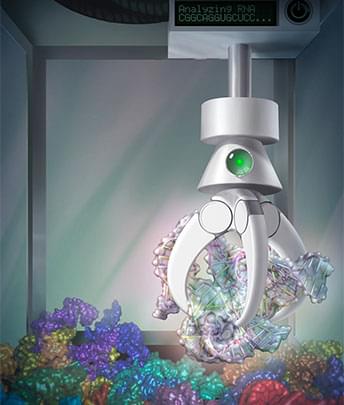
Researchers recently showed that a computer could “learn” from many examples of protein folding to predict the 3D structure of proteins with great speed and precision. Now a recent study in the journal Science shows that a computer also can predict the 3D shapes of RNA molecules [1]. This includes the mRNA that codes for proteins and the non-coding RNA that performs a range of cellular functions.
This work marks an important basic science advance. RNA therapeutics—from COVID-19 vaccines to cancer drugs—have already benefited millions of people and will help many more in the future. Now, the ability to predict RNA shapes quickly and accurately on a computer will help to accelerate understanding these critical molecules and expand their healthcare uses.
Like proteins, the shapes of single-stranded RNA molecules are important for their ability to function properly inside cells. Yet far less is known about these RNA structures and the rules that determine their precise shapes. The RNA elements (bases) can form internal hydrogen-bonded pairs, but the number of possible combinations of pairings is almost astronomical for any RNA molecule with more than a few dozen bases.

“We have no guarantee that these antibodies that are out there will continue being effective against any new variants that occur,” Georgiev said.
According to a release from Vanderbilt, “Georgiev and his colleagues describe the isolation of a monoclonal antibody from a patient who had recovered from COVID-19 that ‘shows potent neutralization’ against SARS-CoV-2. It also is effective against variants of the virus that are slowing efforts to control the pandemic.”
VUMC said researchers can also use the technology to screen antibodies against any current variant of COVID-19, and researchers hope even other viruses that have not yet caused human disease but have the potential of doing so.
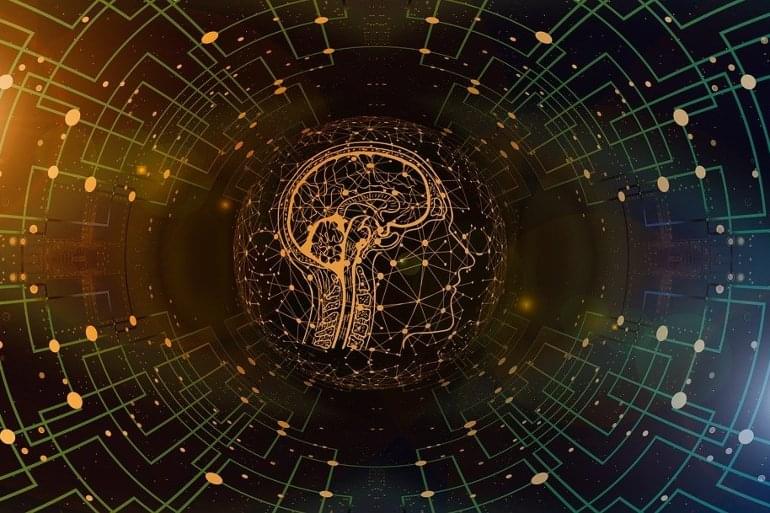
Cardiovascular fat deposition, found to be higher in postmenopausal women compared with premenopausal women, is a novel risk factor for cardiovascular disease. It is also believed to affect cognitive function through neuropathological pathways by changing the secretion of inflammatory cytokines and adipokines. The quality of cardiovascular fat is characterized by its radiodensity.
Summary: Greater radiodensity of perivascular adipose tissue in women during midlife was associated with decreased working memory performance later in life.
Source: NAMS
A worsening cardiovascular profile after menopause may contribute to the fact that women are disproportionately affected by dementia. A new study identified a link between cardiovascular fat volume and radiodensity and cognitive function, as well as racial differences in this association.
Study results will be presented during The North American Menopause Society (NAMS) Annual Meeting in Washington, DC, September 22–25, 2021.
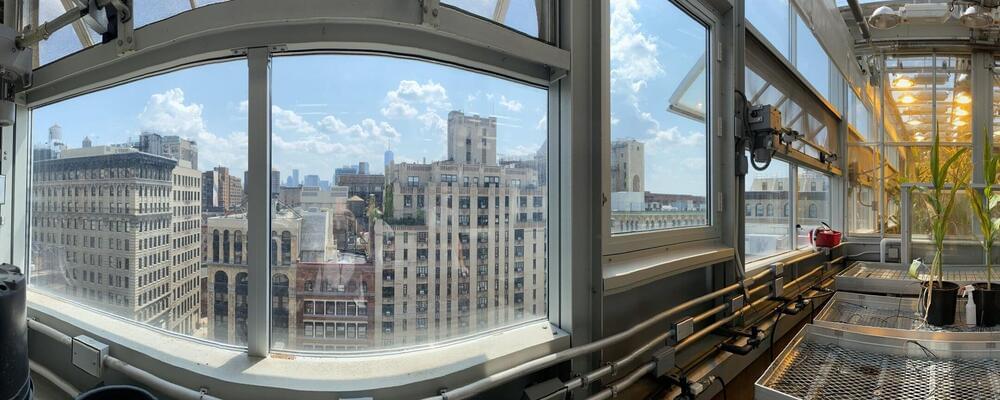
“We show that focusing on genes whose expression patterns are evolutionarily conserved across species enhances our ability to learn and predict ‘genes of importance’ to growth performance for staple crops, as well as disease outcomes in animals,” explained Gloria Coruzzi, Carroll & Milton Petrie Professor in NYU’s Department of Biology and Center for Genomics and Systems Biology and the paper’s senior author.
Machine learning can pinpoint “genes of importance” that help crops to grow with less fertilizer, according to a new study published in Nature Communications. It can also predict additional traits in plants and disease outcomes in animals, illustrating its applications beyond agriculture.
Using genomic data to predict outcomes in agriculture and medicine is both a promise and challenge for systems biology. Researchers have been working to determine how to best use the vast amount of genomic data available to predict how organisms respond to changes in nutrition, toxins, and pathogen exposure—which in turn would inform crop improvement, disease prognosis, epidemiology, and public health. However, accurately predicting such complex outcomes in agriculture and medicine from genome-scale information remains a significant challenge.
In the Nature Communications study, NYU researchers and collaborators in the U.S. and Taiwan tackled this challenge using machine learning, a type of artificial intelligence used to detect patterns in data.
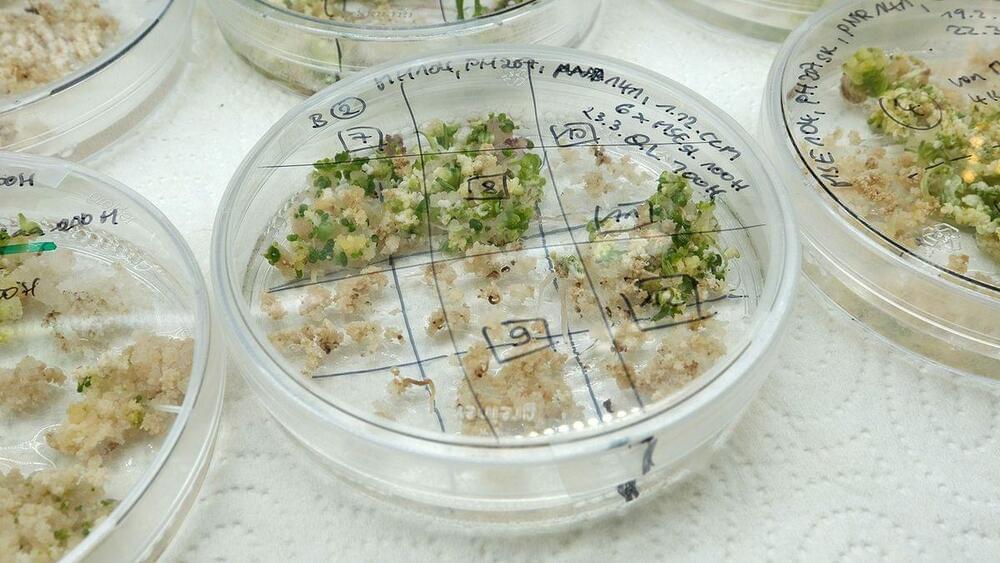
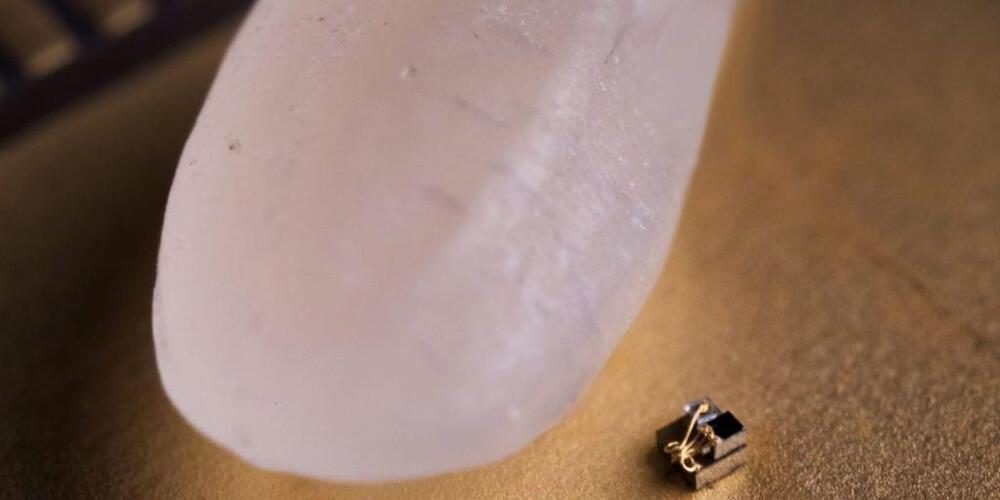
Circa 2018
Researchers at the University of Michigan just created the world’s smallest computer (again). Their previous micro-computer, the Michigan Micro Mote, measured 2x2x4mm. It was a complete, functioning system powered by solar cell batteries. But in March this year, IBM announced a new, smaller computer, which measured 1×1 mm, and was smaller than a grain of salt. It “raised a few eyebrows at the University of Michigan.”
After all, it’s unclear if the IBM computer even count as an actual microcomputer. The IBM device lost all its programming and data as soon as it turns off, unlike the Michigan Micro Mote, which retained its programming even when it wasn’t externally powered. “It’s more of a matter of opinion whether they have the minimum functionality required,” said David Blaauw, a professor of electrical and computer engineering at University of Michigan who helped develop the University of Michigan’s newest tiny device. If the IBM machine constituted a computer, then University of Michigan would work to gain back their title: their latest microdevice measures 0.3mm per side (1/10th the size of IBM’s computer), and is smaller than a grain of rice.
The device was designed to be a precision temperature sensor that can report temperatures in clusters of cells with an error of about 0.1 degrees Celsius. “When we first made our millimeter system, we actually didn’t know exactly all the things it would be useful for. But once we published it, we started receiving dozens and dozens and dozens of inquiries,” Blaauw said. It could, for instance, measure the temperature of tumors and conduct other cancer studies, monitor oil reservoirs, conduct audio or visual surveillance, or help in “tiny snail studies.”